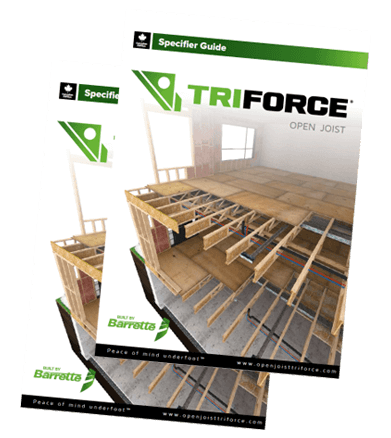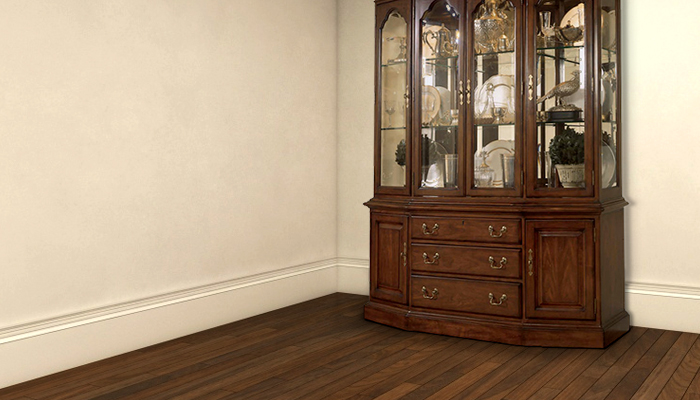A 1979 Oscar-nominated movie with the title “China Syndrome” starred Michael Douglas and Jane Fonda. The pair, acting as broadcast reporters, were filming a news story in a nuclear energy facility when they felt an unusual alarming vibration. Something was wrong.
Real life builders and developers too often hear the phrases “Something is wrong with my floor” and “When we walk across our floor, it vibrates and everything in the china cabinet shakes and rattles.”
Introducing the China Cabinet Syndrome. It’s not a nuclear meltdown but, to a homeowner, it can be supremely annoying and even disturbing.
What’s the Cause?
Is the floor bouncy? Were the joists not correctly sized? Is the joist spacing too wide? In reality, it could be any of these factors or one of several others. Today, with engineered joists being used so widely, it’s likely the floor system in a new home has been designed within code requirements and reasonable performance standards. But, while safety requirements may have been met, actual system performance may not satisfy the expectations of a homeowner.
Experience indicates that VIBRATION is the biggest culprit in producing poor floor system performance. And rattling dishes certainly emphasize that vibration when it occurs. It’s a fact that vibration is more prevalent in floor systems today because engineered components are spanning longer distances. And, solid joists transmit vibration in a more pronounced manner than open-web joists.
What’s Vibration?
We have talked about “Transient Oscillations” (vibrations) in floor joists before. Vibration occurs when a dynamic concentrated load creates a given frequency and amplitude movement. For example, when someone walks on the floor or the washing machine is in the “spin” cycle, impacts on the floor system cause up and down movements. Adding strongbacks in strategic locations (as close as possible to mid-span) increases floor system performance by distributing loads and movements to adjacent joists. In other words, all elements of the floor including joists, subflooring and strongbacks are working together as a unit. The resulting rigidity effectively dampens vibration.
How to Dampen Vibration
Open-web joists, such as TRIFORCE®, offer greater opportunities to dampen these vibrations and produce a more comfortable floor system. The difference is through-web open access that allows the installation of “strongback” bridging. They constitute the most significant performance advantage TRIFORCE® and other open-web components offer over solid joists. They are also the least expensive way to attack vibration. Strongback bracing allows TRIFORCE® floor systems to meet Canadian vibration control code requirements and also satisfy discerning homeowners throughout North America.
A TRIFORCE® floor system with strongback bridging can allow one to quietly admire the contents of the china cabinet. Silence and a solid floor are key requirements for peace of mind underfoot!


Is it possible to make the videos longer so that one can see more clearly how the solution to the problem was accomplished?
Hello Joel,
Thank you for giving us your feedback. We’ll consider it for our next videos.
In the meantime, here is an online training offered by our experts and which is covering the vibration aspect: https://www.openjoisttriforce.com/continuing-education/